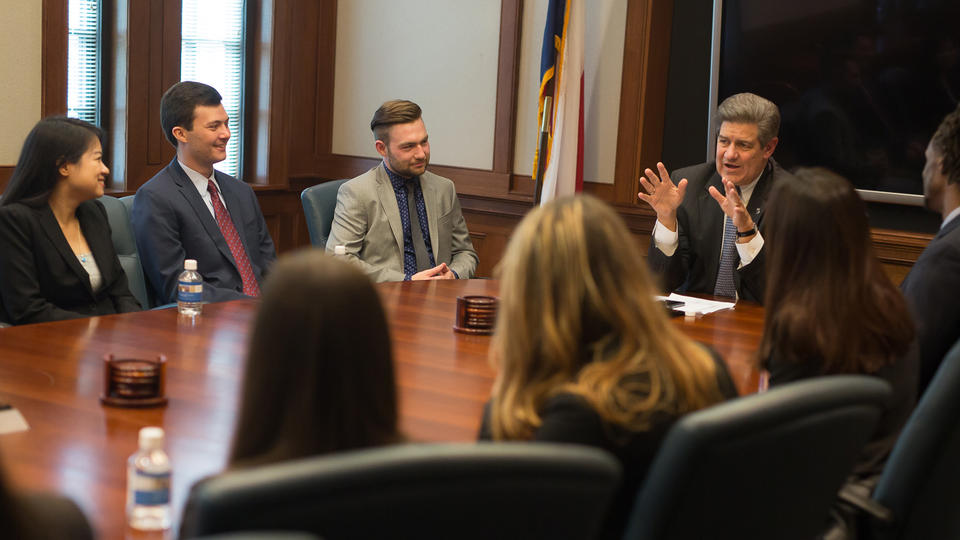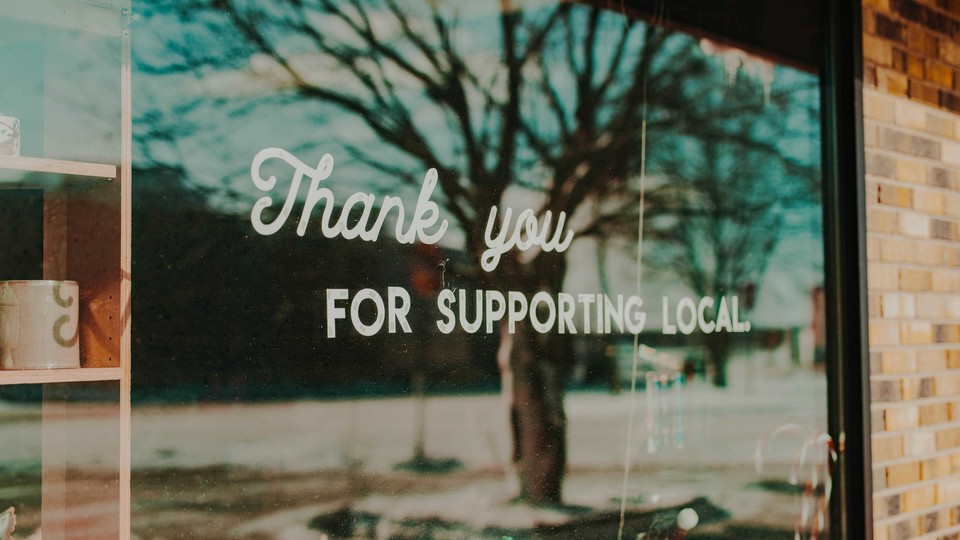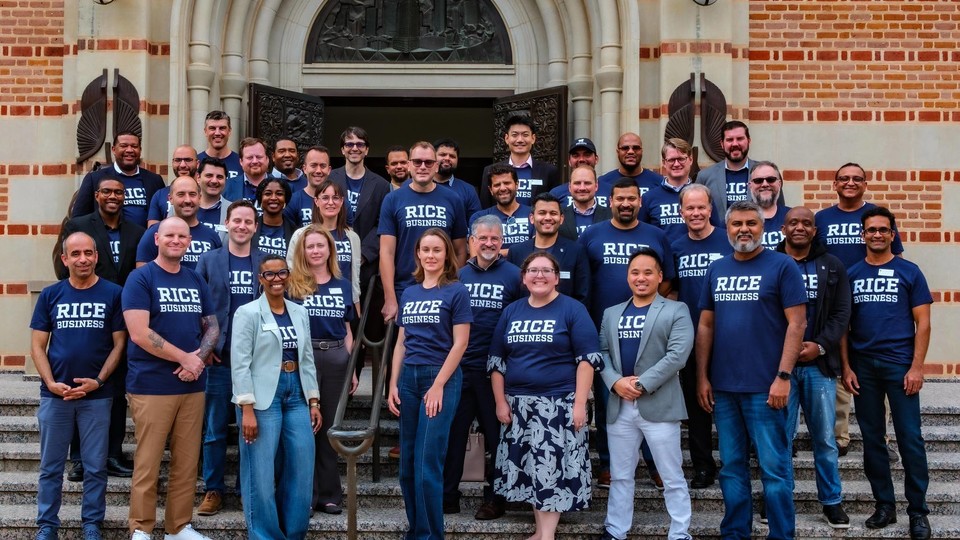Rice Business’ Rodriguez named Poets&Quants Dean of the Year
Peter Rodriguez, the Houston Endowment Dean of the Jones Graduate School of Business and the Virani Undergraduate School of Business at Rice University, has been named the 2025 Poets&Quants Dean of the Year, a national honor recognizing visionary leadership and outstanding contributions to business education.
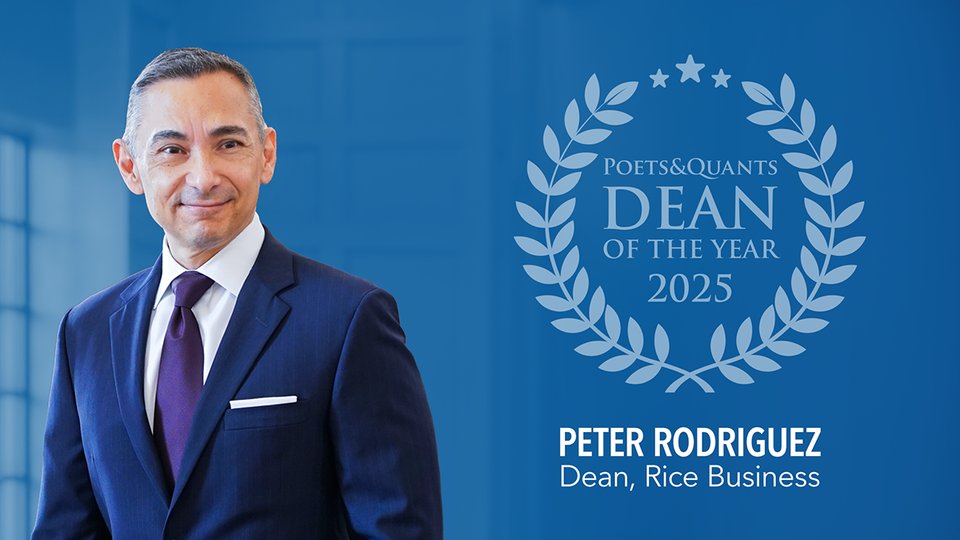
Peter Rodriguez, the Houston Endowment Dean of the Jones Graduate School of Business and the Virani Undergraduate School of Business at Rice University, has been named the 2025 Poets&Quants Dean of the Year, a national honor recognizing visionary leadership and outstanding contributions to business education. The award was presented last night at Poets&Quants’ annual awards ceremony in Toronto.
Since his appointment as dean in 2016, Rodriguez has guided Rice Business through a period of extraordinary growth and innovation. Under his leadership, the school has grown in enrollment, faculty and staff. He doubled the MBA enrollment and launched new programs, including the university’s first online graduate degree program, MBA@Rice, as well as the hybrid MBA and the undergraduate business major at Rice. He also ushered in a new name for the undergraduate programs in honor of Houston community and business leaders, Asha Virani ’89 and Farid Virani.
This past spring, the Rice Business alumni network grew to more than 10,000. To support the school’s growing programs and student body, Rodriguez is overseeing the development of a new 112,000-square-foot facility adjacent to McNair Hall. Scheduled to open in 2026, the building will serve as a hub for business education, innovation and community engagement in Houston and beyond.
“Peter Rodriguez’s optimistic, forward-looking leadership has elevated Rice Business among the nation’s top business schools and opened the opportunity of a Rice Business degree to undergraduate and many more graduate students,” said Rice University Provost Amy Dittmar. “His vision for accessible, high-impact business education continues to inspire faculty, students and alumni — and this recognition from Poets&Quants is well deserved.”
In his nearly 10-year tenure as dean, Rodriguez has seen Rice Business climb in the national rankings, including the No. 3 spot for Best MBA in Finance from The Princeton Review. In recent years, Rice Business has also been ranked No. 5 for Top Online MBA program (2025) by The Princeton Review and No. 1 MBA in Texas (based on global rankings) by the Financial Times (2023-2024). In addition, Rice Business has been ranked the top graduate school for entrepreneurship by The Princeton Review and Entrepreneur magazine for the last six years.
Rodriguez joined Rice Business following more than a decade at the Darden School of Business at the University of Virginia, where he served as senior associate dean for degree programs and chief diversity officer. He holds a doctorate in economics from Princeton University.
In the Media
Poets&Quants’ Dean Of The Year In 2025: Peter Rodriguez Of Rice Business
In less than a decade, Rodriguez has transformed Rice Business in nearly every dimension. Beyond creating a thriving undergraduate offering, he has overseen a 192% increase in student enrollment. The growth stems from a doubling of MBA students and the launch of an online MBA—the university’s first online degree—along with a hybrid MBA option.
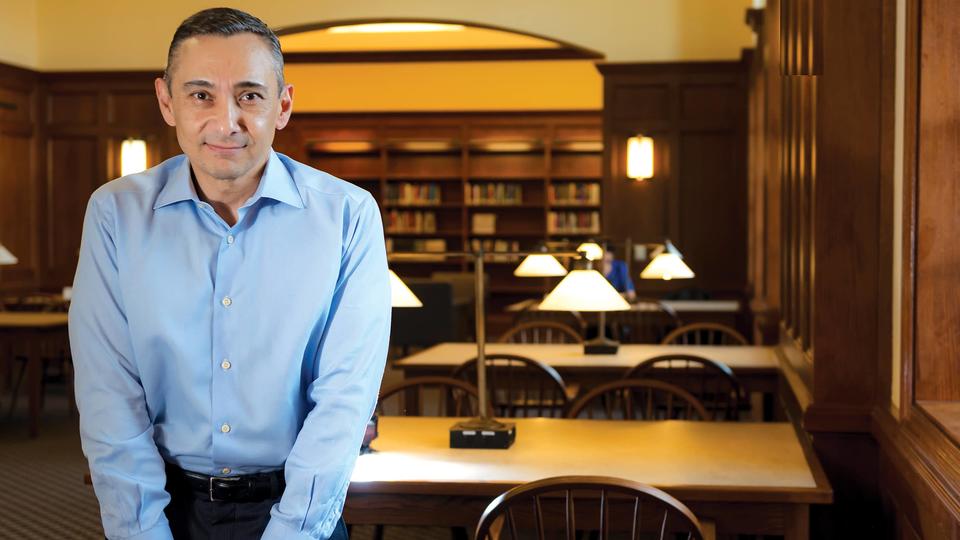
The Right Choice
Carlos Macias, Master of Accounting '25
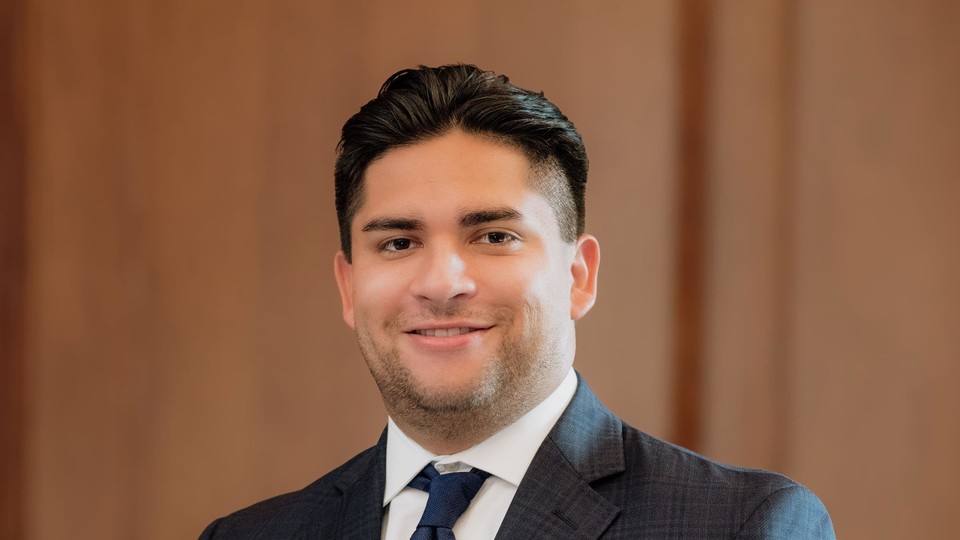
For Houston native Carlos Macias, earning a Master of Accounting (MAcc) at Rice University wasn’t just a hometown advantage — it was a smart move toward a successful career in finance.
Drawn by Rice Business’ strong reputation and close-knit community, Carlos knew the MAcc program was the right fit. In this collaborative environment, students challenge, support and inspire one another, bringing fresh perspectives to every class.
Keep Exploring
Professor and Peer Support
Candis Damtse, Master of Accounting '25
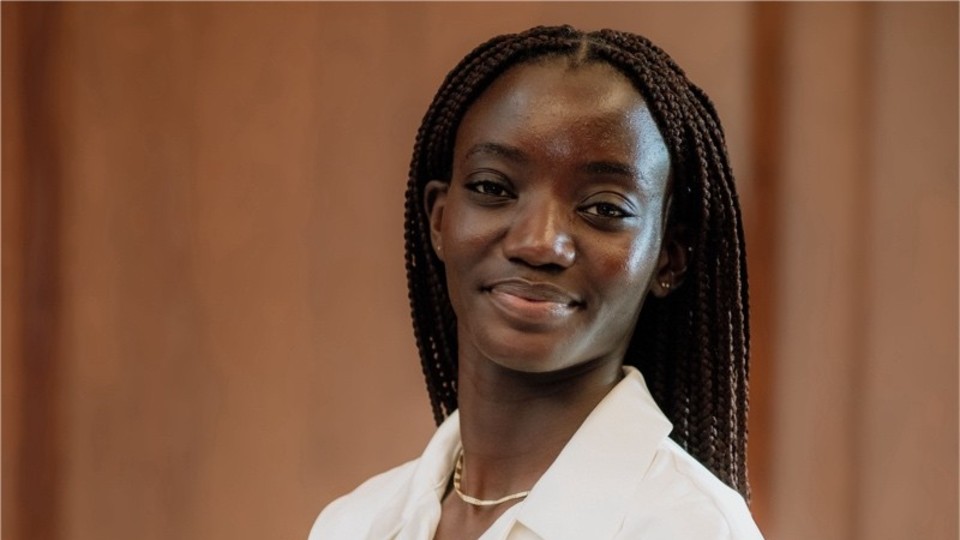
What sets the Rice Master of Accounting program apart? For Candis Damtse, it was the welcoming community and the accessibility of the faculty that made her feel like she truly belonged. Beyond rigorous coursework and career development opportunities, Rice Business creates space for students to connect — with social events like Partio, the beloved “party on the patio” tradition at McNair Hall.
Keep Exploring
Pivot to Accounting
Chloe Kinnebrew, Master of Accounting '25
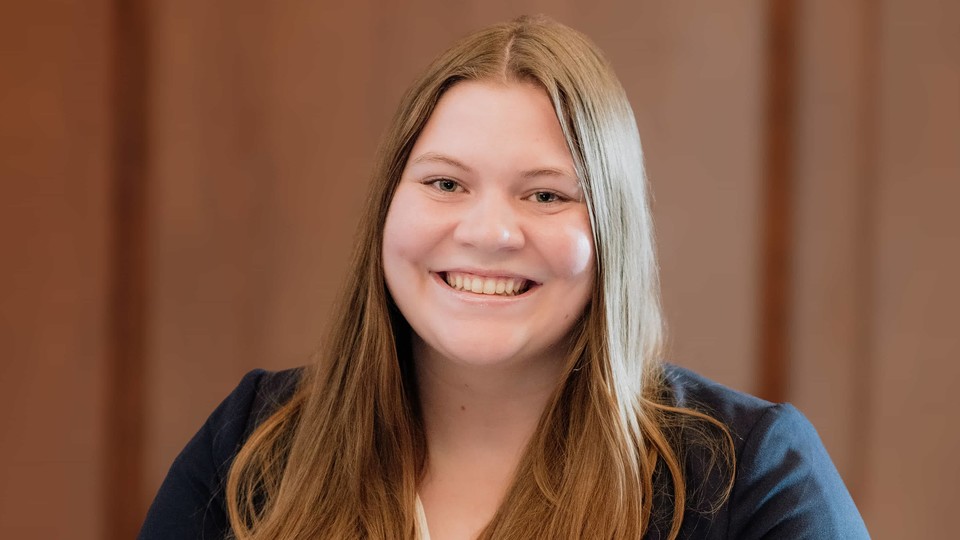
Coming from an economics background, Chloe Kinnebrew didn’t know exactly what to expect from a Master of Accounting (MAcc) program. At Rice Business, she found a welcoming community, a buildable curriculum and career resources that supported her every step of the way.
Designed for students from any academic background, the 10-month Rice MAcc follows a lockstep, cohort-based model that builds tight-knit, lasting connections. Outside the classroom, career development opportunities — from recruiting events to networking sessions — help students get exactly where they want to go.
Keep Exploring
Americans Are Changing Their Salary Expectations
Rice University professor Mikki Hebl says job seekers’ willingness to accept lower pay and roles reflects a softer labor market and shifting values toward flexibility, balance, and meaningful work.
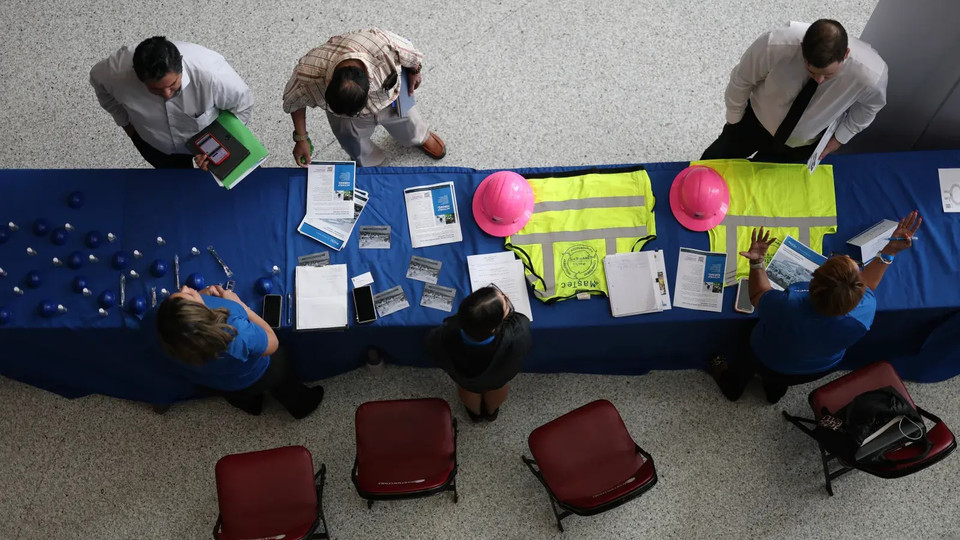
Why Rice MAcc Graduates Land Jobs and Keep Rising
The Rice MAcc program offers the best of both worlds: quick career results and a foundation for long-term success.


No matter the industry or economy, accounting is the backbone of business. Companies rely on accurate financial information to make decisions, maintain compliance, and build trust with investors and customers.
That makes accountants essential — and consistently in demand.
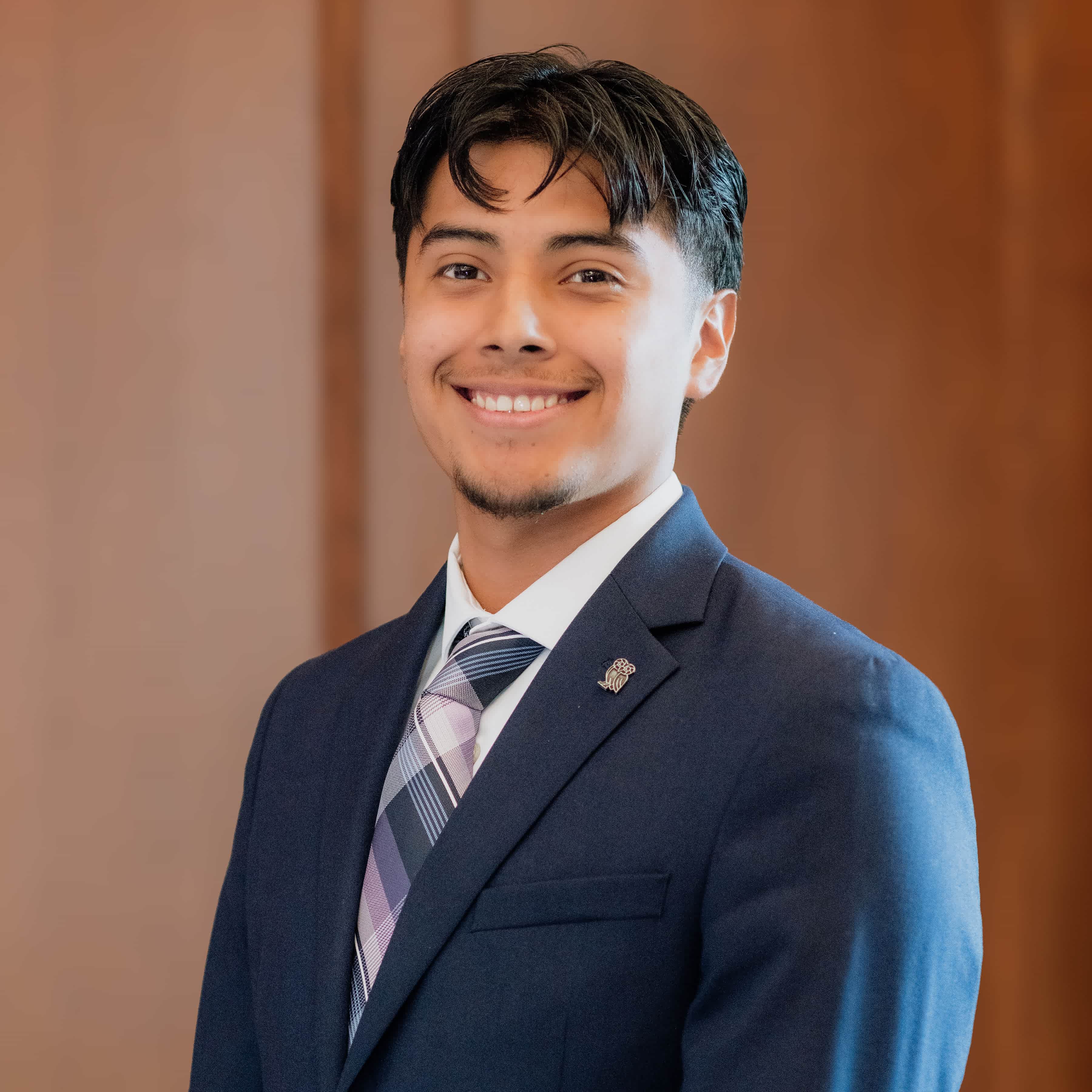
“Everyone needs an accountant,” says MAcc student Josue Gonzalez. “It’s one of those jobs that’s unlikely to go anywhere anytime soon. That’s why for me, the MAcc was the perfect mix of passion and opportunity.”
What sets accounting apart from other career paths is how its versatility grows over time. While some fields force you into narrower lanes as you advance, accounting expertise becomes broader and more powerful the longer you practice.
Immediate Results: Job Placement You Can Count On
For multiple consecutive years, our Master of Accounting program has achieved a 100% job placement rate within three months of graduation.
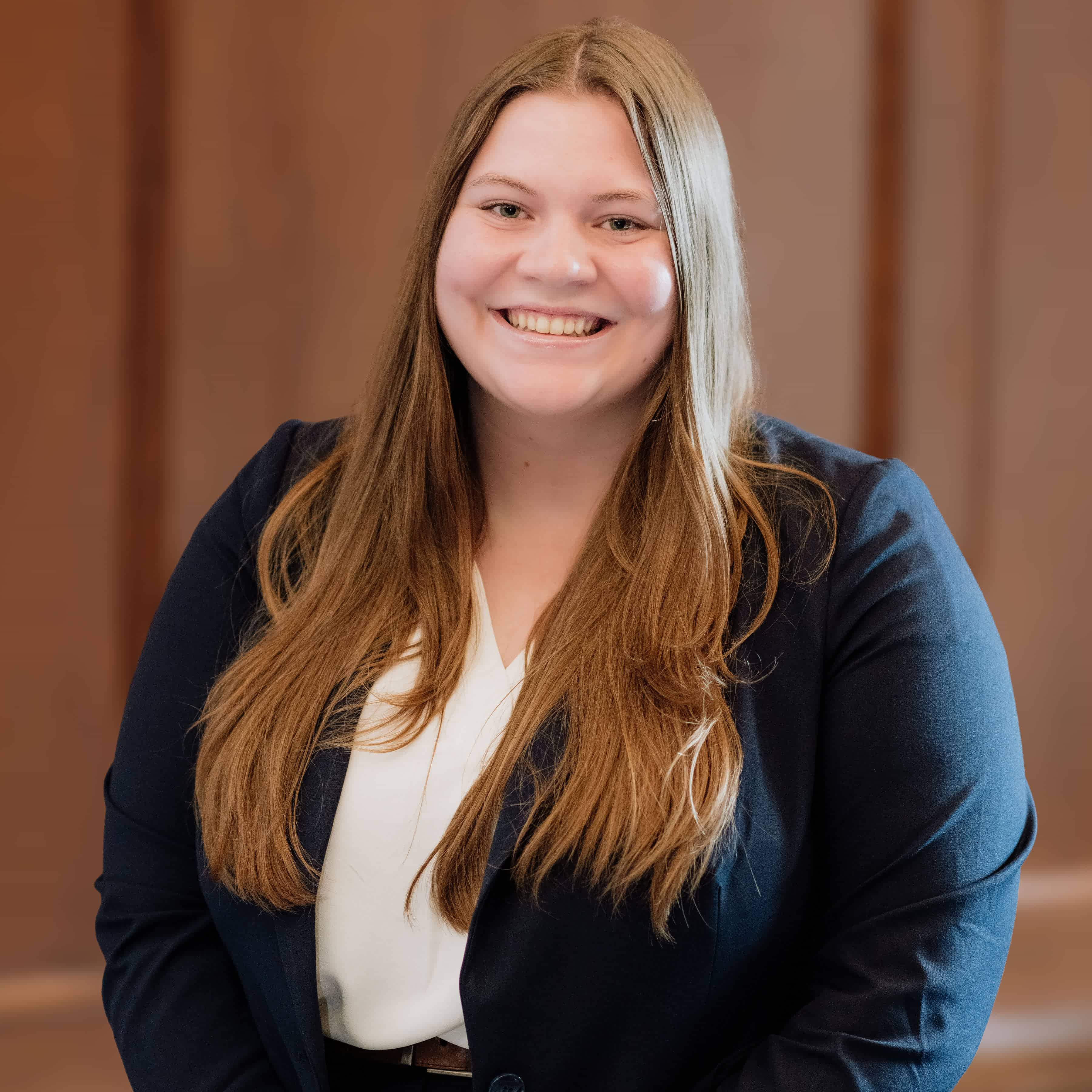
That record of success comes from more than academics. It’s fueled by career coaching, recruiter relationships and a curriculum aligned with industry needs.
“What really stood out to me was how much exposure I got to the Big Four companies,” says alumna Chloe Kinnebrew. “Throughout the program, there were so many recruiting events, which really helped my search for a job in auditing.”
Interested in Rice Business?
Where MAcc Graduates Go
Most recruiting begins at the Big Four — Deloitte, EY, KPMG, PwC — in audit or tax. These firms provide unmatched training and exposure. But Rice alumni also take their skills into industries like corporate accounting and finance, consulting, investment banking, nonprofits and government, and entrepreneurial ventures.
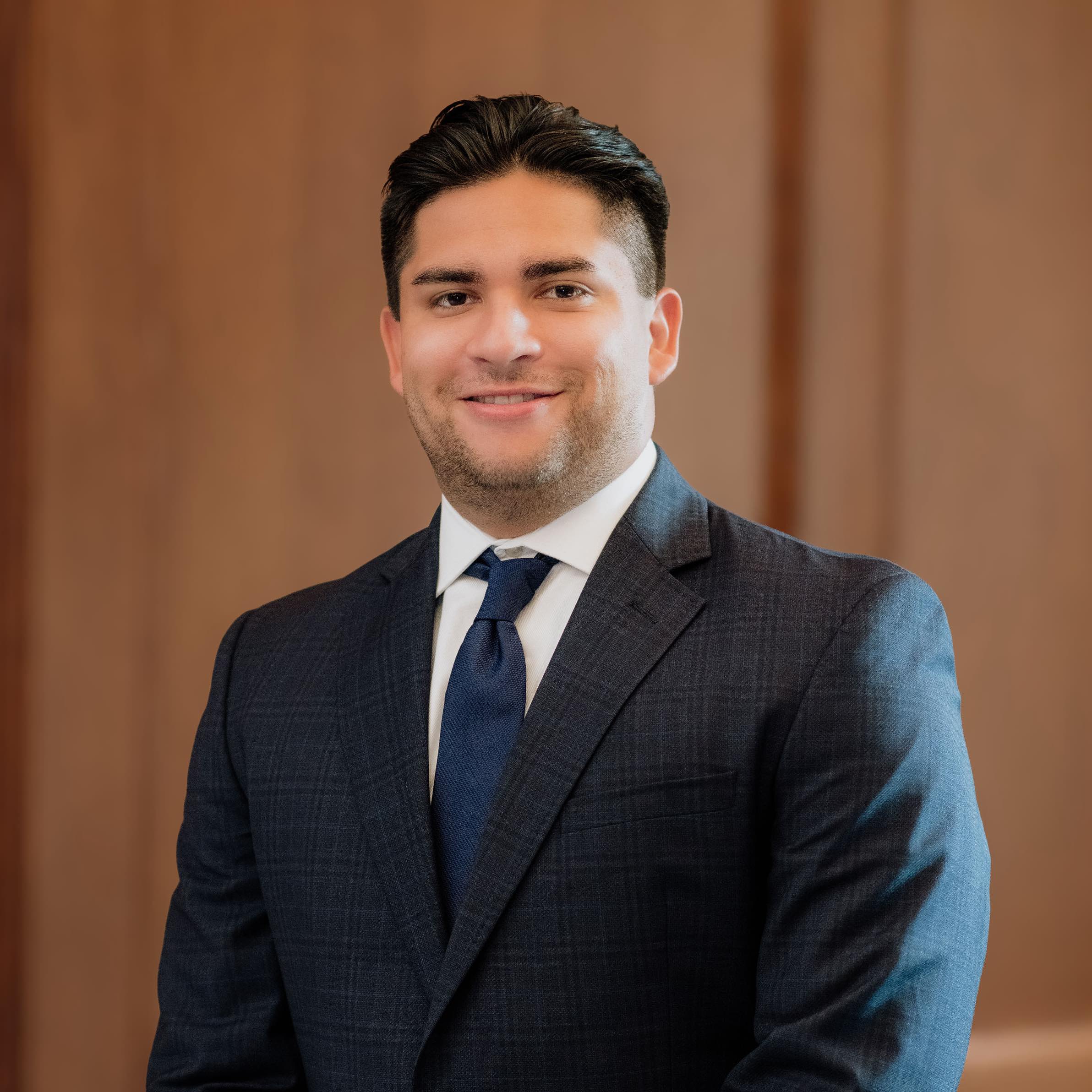
After landing jobs, Rice MAcc alumni also grow into leadership. Graduates have become CEOs, CFOs, audit partners, executive vice presidents, controllers and managing directors. Their careers show how a MAcc can be both a launchpad and a ladder.
“I’ve seen multiple people go through the MAcc program and end up super successful in their business careers,” says alumnus Carlos Macias. “That was a sign that this was the right step for me and a good way to start my career.”
A Future You Can Trust
Certainty is hard to find in today’s economy. But with a Rice MAcc, you gain both stability and flexibility: a degree that helps you land your first job and sets you up for the roles you’ll want five, ten or twenty years from now.
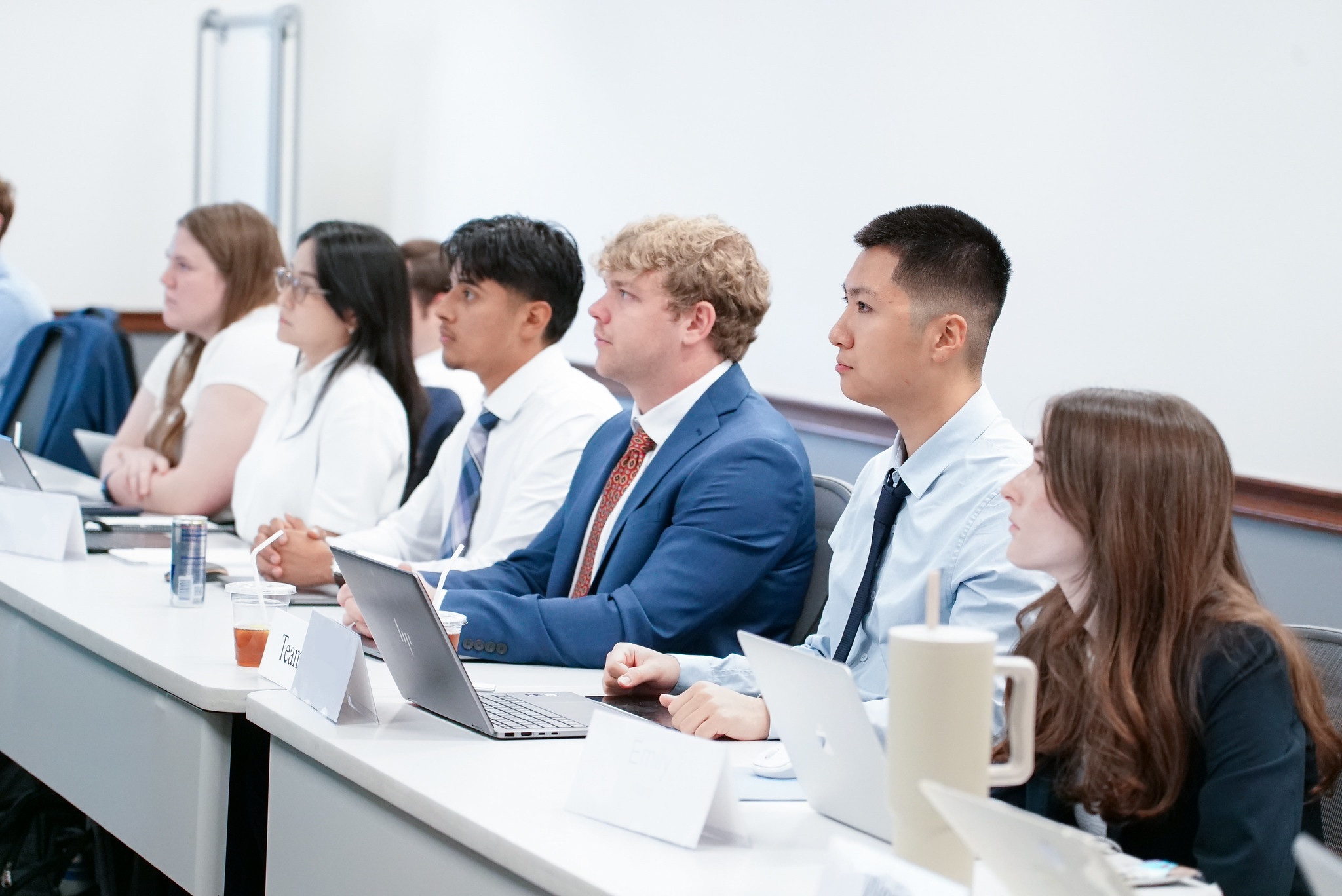
“The MAcc degree opened the door to public accounting, enabled me to succeed there and helped me pivot into corporate finance. To me, the MAcc degree’s greatest strength is that it combines technical knowledge and development of soft skills that allow us to succeed in whatever career path we choose to pursue.” —Matthew Hrncir, Rice MAcc Alum
Ready to explore the next step?
Learn more about Rice MAcc admissions or connect with our team to see if this program is the right fit for you.
You May Also Like
Keep Exploring
The New Compass for Customer Success
Hiring a dedicated customer liaison can steer teams toward stronger collaboration and higher product adoption.
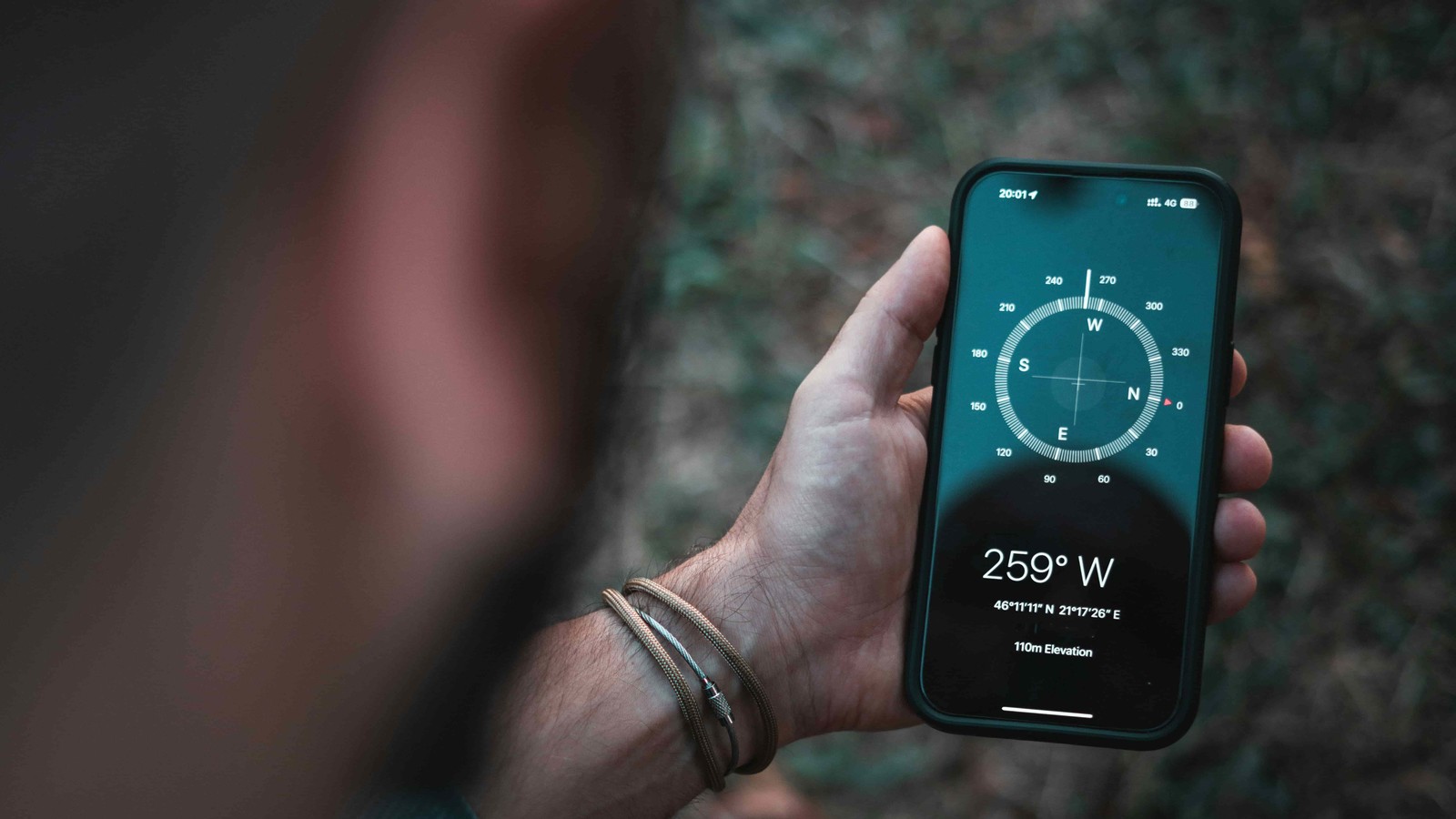
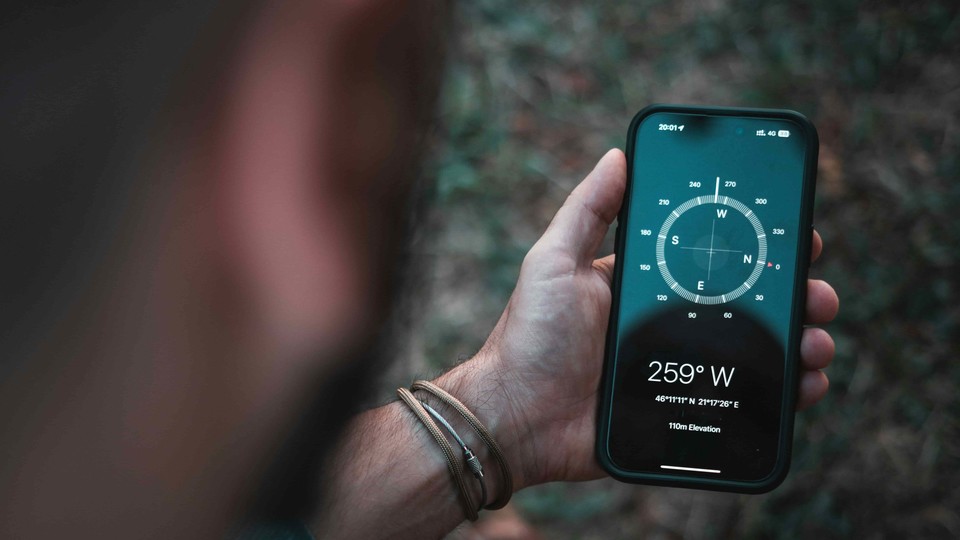
Based on research by André Wagner (Drexel University), Daan van Knippenberg (Rice Business) and Lauren D’Innocenzo (Drexel University)
Key findings:
- When companies add the role of “customer-oriented boundary spanner” to their team, product adoption increases.
- The effect is even stronger when teams include employees with diverse functional backgrounds.
- The strategy delivers measurable results, boosting customer usage and driving investment.
If customers don’t fully use the products they purchase, companies can sell a lot and still fail. When the problem customers want to solve persists, the product often gets blamed — leading to cancellations and lost contracts.
A new study from Rice Business tested a simple fix: give customers a dedicated team liaison — a compass within the team, someone whose job is to keep everyone pointed toward the customer’s true north.
Published in the Journal of Organizational Behavior and co-authored by Daan van Knippenberg, the Houston Endowed Professor of Management, the research found that a “customer-oriented boundary spanning” approach increases the likelihood that customers will fully adopt products — especially if company teams are made up of people from different professional backgrounds.
“Subscription customers can turn off products very easily if they’re not happy,” says van Knippenberg. “So, customer adoption is critical for business success. Looking through the lens of the customer helps to bring the team together in pursuing a shared vision and objective.”
Embedding a “Customer-Oriented Boundary Spanner”
The authors ran a large-scale field experiment — one of the most rigorous methods in organizational research — and their findings reveal a powerful way for businesses to boost customer adoption.
The field experiment took place at a global company that provides customized IT solutions — a business that’s prone to “churn,” wherein customers fail to renew their subscriptions, in part because they haven’t fully adopted their purchased products.
The researchers added a team member trained in customer engagement — what they call a “customer-oriented boundary spanner” — to around half of the 144 teams they followed over a six-month period. These team members actively gathered customer feedback through an interactive assessment, and then they brought customer concerns to meetings to make sure their needs were represented in team discussions.
The assessment covered 10 core areas (e.g., how helpful solutions are, how the client gets service and support, etc.) from level 1 — not a significant factor — to level 6 — having a strategic relationship based on trust.
Teams were also measured for their professional diversity, allowing the researchers to see whether a mix of perspectives can make the boundary spanner role even more effective.
“You need to get into this ongoing mode of operation of how you work with the customer, whether it’s a weekly or monthly customer business review. It’s about developing an ongoing dialogue.”
Customer Liaisons Boost Adoption and Drive Investment
The study found that teams with a dedicated liaison who championed the customer’s perspective worked more effectively and delivered solutions that customers were more likely to adopt — especially when the teams brought together people from different professional backgrounds.
At the IT company where the experiment took place, customer usage rose by 12% after the role was introduced (from 44% to 56%), while teams without a customer liaison saw a slight decline in product adoption (-1%, down from 45% to 44%). In response to these data, the company invested more than $50 million in the approach and hired over 200 boundary spanners worldwide.
Like a compass guiding a group of travelers, the liaison kept diverse experts oriented toward the same destination: solving the customer’s problem. By breaking down silos and ensuring that varied expertise was integrated into practical solutions, the compass role made it far more likely that customers would fully adopt the product.
“We saw much better customer adoption of team outcomes with those that had that role in place versus those that didn’t,” van Knippenberg says. “And background diversity of team roles then worked as an accelerator. It’s this interaction of diversity combined with boundary spanning that’s the real catalyst.”
It’s Alignment, Not Just Adoption
The study offers practical takeaways for companies across industries looking to increase product adoption. To begin with, businesses should structure teams to stay connected to the customer from the start.
Firms can create a designated role within their customer engagement teams to advocate for the customer’s perspective. And to accelerate adoption, managers can work to make their customer engagement teams more functionally diverse.
Critical, however, adds van Knippenberg, is for teams to weave this customer focus into the very core of how they operate. A compass doesn’t just get checked once at the start of a journey — it’s a constant point of reference. In the same way, customer liaisons ensure the team keeps recalibrating to the customer’s needs over time.
“You need to get into this ongoing mode of operation of how you work with the customer, whether it’s a weekly or monthly customer business review. It’s about developing an ongoing dialogue.”
Not all teams are customer-facing, the researchers acknowledge. However, the study’s implications extend far beyond teams that primarily interact with customers.
Their findings suggest any force that can better align teams around a shared goal can help them put their collective knowledge to work, leading to stronger outcomes.
When companies embed the voice of the customer into the heart of teams, they’re far more likely to create solutions that customers will adopt.
Written by Deborah Lynn Blumberg
Wagner, van Knippenberg, and D’Innocenzo (2025). “Customer-Oriented Boundary Spanning, Functional Diversity, and Customer Adoption,” Journal of Organizational Behavior.
Ph.D. Area Advisor - Organizational Behavior
Never Miss A Story
You May Also Like
Keep Exploring
5 Reasons These Full-Time MBAs Chose Rice
From our career outcomes and alumni network to Houston hub and curriculum, here are five reasons our Full-Time MBA students chose Rice Business.
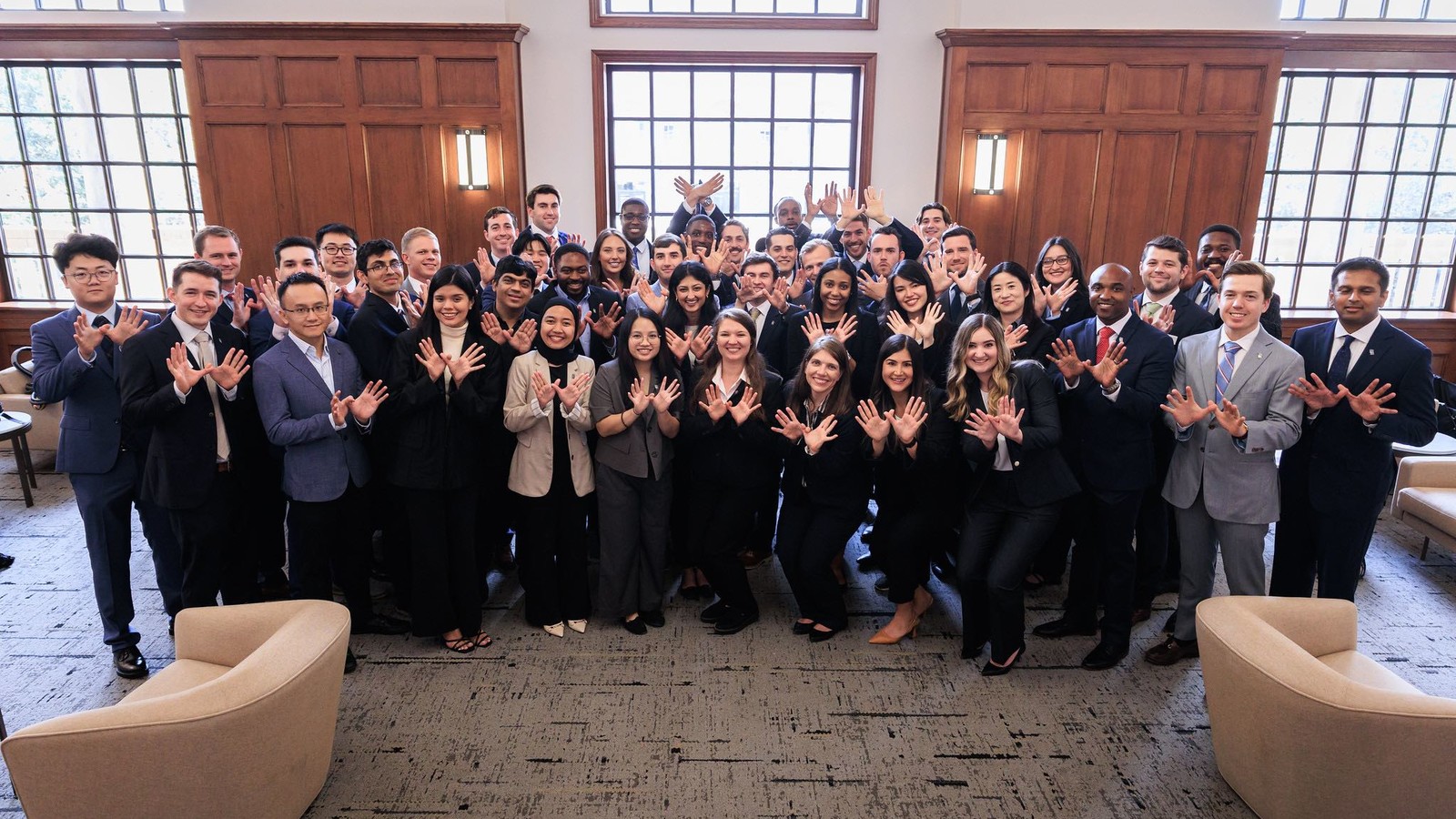
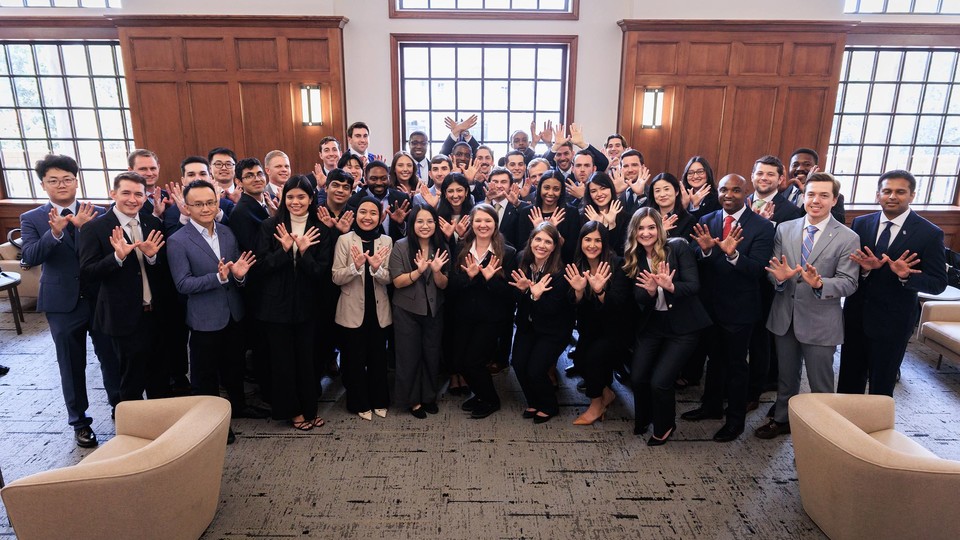
Choosing where to pursue your MBA is a big decision. It’s where you’ll invest your time, energy and potential for two years — and begin your next career journey.
For MBA students at Rice, that decision often comes down to more than rankings or reputation. It’s about finding a place that feels like home, challenges you to grow and connects you to opportunity.
Here are five reasons Full-Time MBA students in the Class of 2027 chose Rice Business.
Strong Career Outcomes
Rice MBAs land top roles in investment banking, consulting and beyond, thanks to personalized career support and strong partnerships with employers and alumni. And whether our students are looking to go further in their current function or pivot into a new role, Rice Business delivers.
“I knew I wanted to transition into investment banking and stay in Houston,” says Michael Miller. “Rice Business stood out, given its strong track record of placing students in the IB industry.” For Ivan Tapia, the school’s proximity and recruiting reputation made Rice a top choice. “I intend to stay in the energy industry,” he says. “Rice is a target school for big energy firms, which was a key factor in deciding which business school to attend.”
Tight-Knit Community
At Rice Business, a strong community isn’t just a perk. It’s at the heart of everything we do.
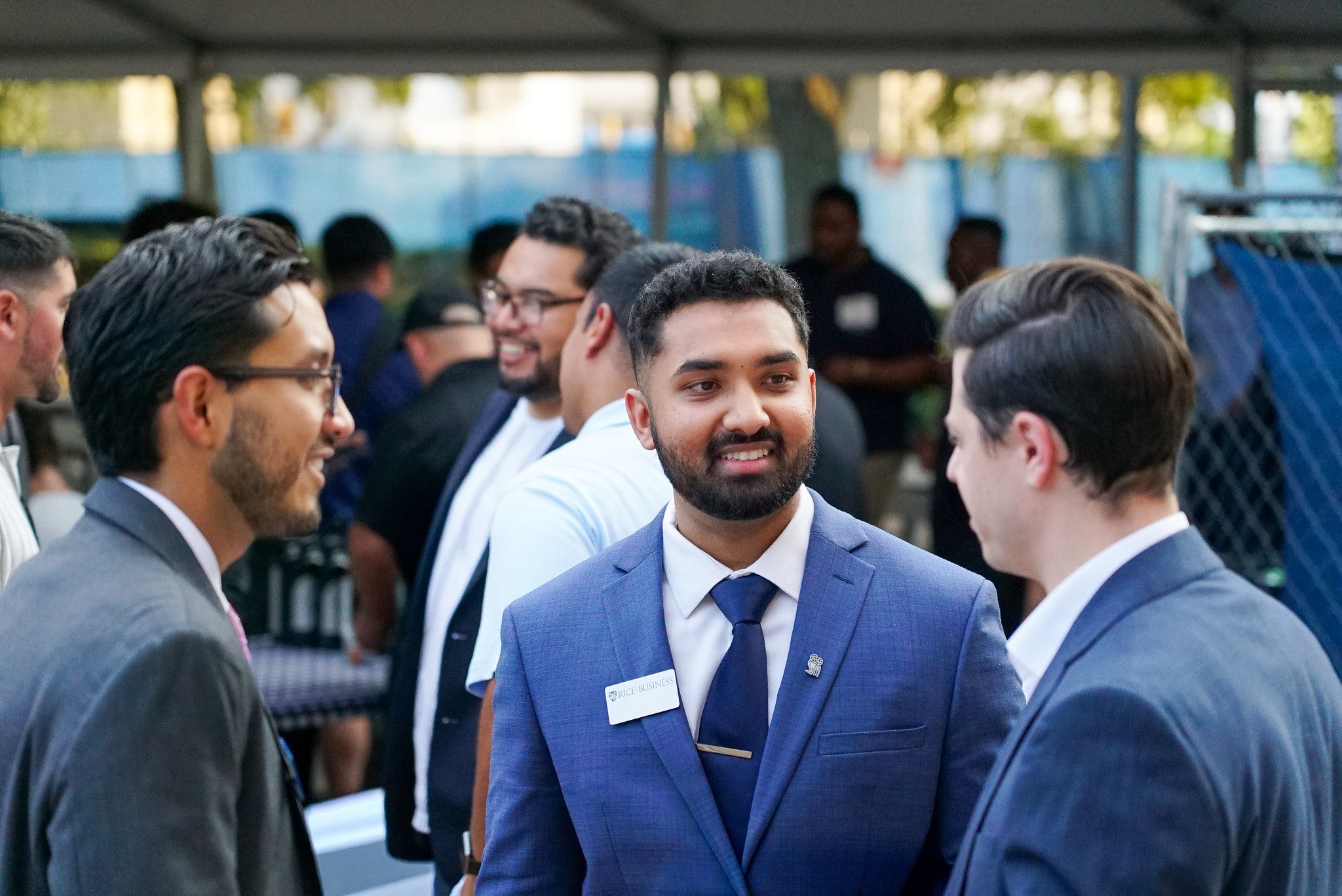
“Rice Business stood out because of its tight-knit community,” says Michael Stallworth. “I wanted a program where I wouldn’t just be another student in the crowd but part of a collaborative environment where relationships matter.”
“When I was deciding where to attend business school, the biggest factor for me was culture. I wanted to be in a place where collaboration, support and strong relationships were at the center of the experience, not just competition,” says Lotanna Ohazuruike.
Interested in Rice Business?
Big City, Big Impact
As the energy capital and a growing hub for healthcare, tech and innovation, Houston offers endless ways to apply what you learn in the MBA — and make an impact the second you begin classes at Rice.

“Houston is the energy capital of the world, which means studying sustainability at Rice puts me at the epicenter of the industry that's defining our collective future,” says Kathryn Caudell.
“Rice Business is such a prestigious university in the South with an incredible network of down-to-earth leaders and innovators,” says Taylor Smith. “There’s nothing like Southern hospitality!”
Dedicated Alumni Network
From your first semester, you’ll feel the strength of the Rice Business network. Our alumni are supportive and deeply connected across industries — not just in Texas, but around the world.
“Rice also has a fantastic alumni network, especially in Houston, that is eager to recruit and mentor students,” says Leighton Douglass.
Miles Moscariello also expresses appreciation for alumni mentorship: “The program’s strong network and resources allow me to connect with people who share my passion for building, managing and investing in real estate.”
Specialized Curriculum
With access to expert faculty, hands-on learning, rigorous courses and more than 100 electives, each diploma is uniquely tailored to the Rice MBA student who earned it.
“Rice Business creates a collaborative classroom environment,” says Caudell, “where professors know their students personally and peers drive meaningful academic discussions.”
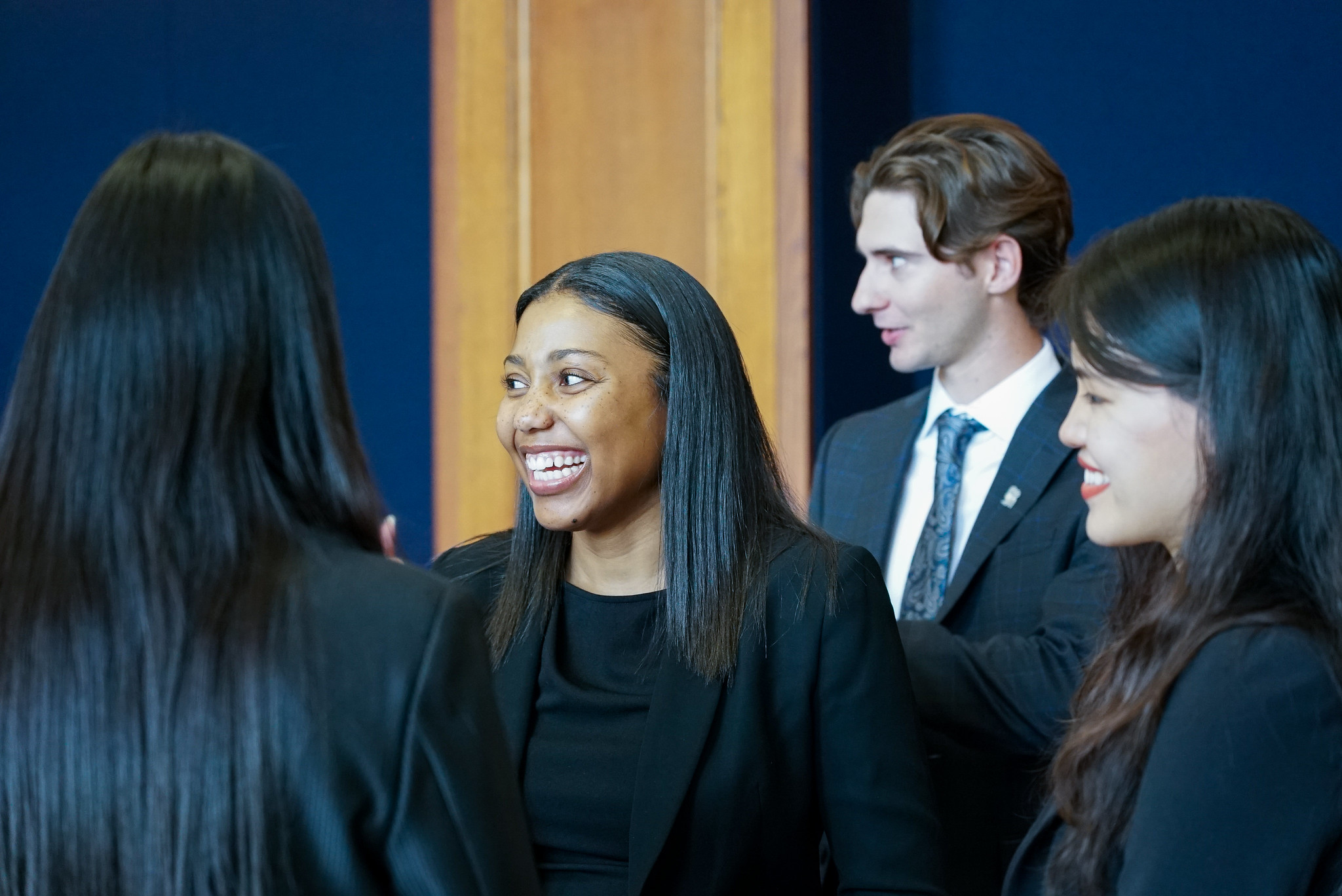
For students like Douglass, the Full-Time MBA program stood out for its many specialization areas and elective offerings. “With a background in architecture, I wanted a curriculum that allowed me to explore real estate courses, which Rice has a degree specialization in,” she says.
“Plus, Rice Business is home to the No. 1 Graduate Entrepreneurship Program in the nation!” says Smith.
For Full-Time MBAs in the Class of 2027, choosing Rice meant choosing more than just a business school — it’s joining a supportive community, learning from the best and making immediate impacts.
Featured Students
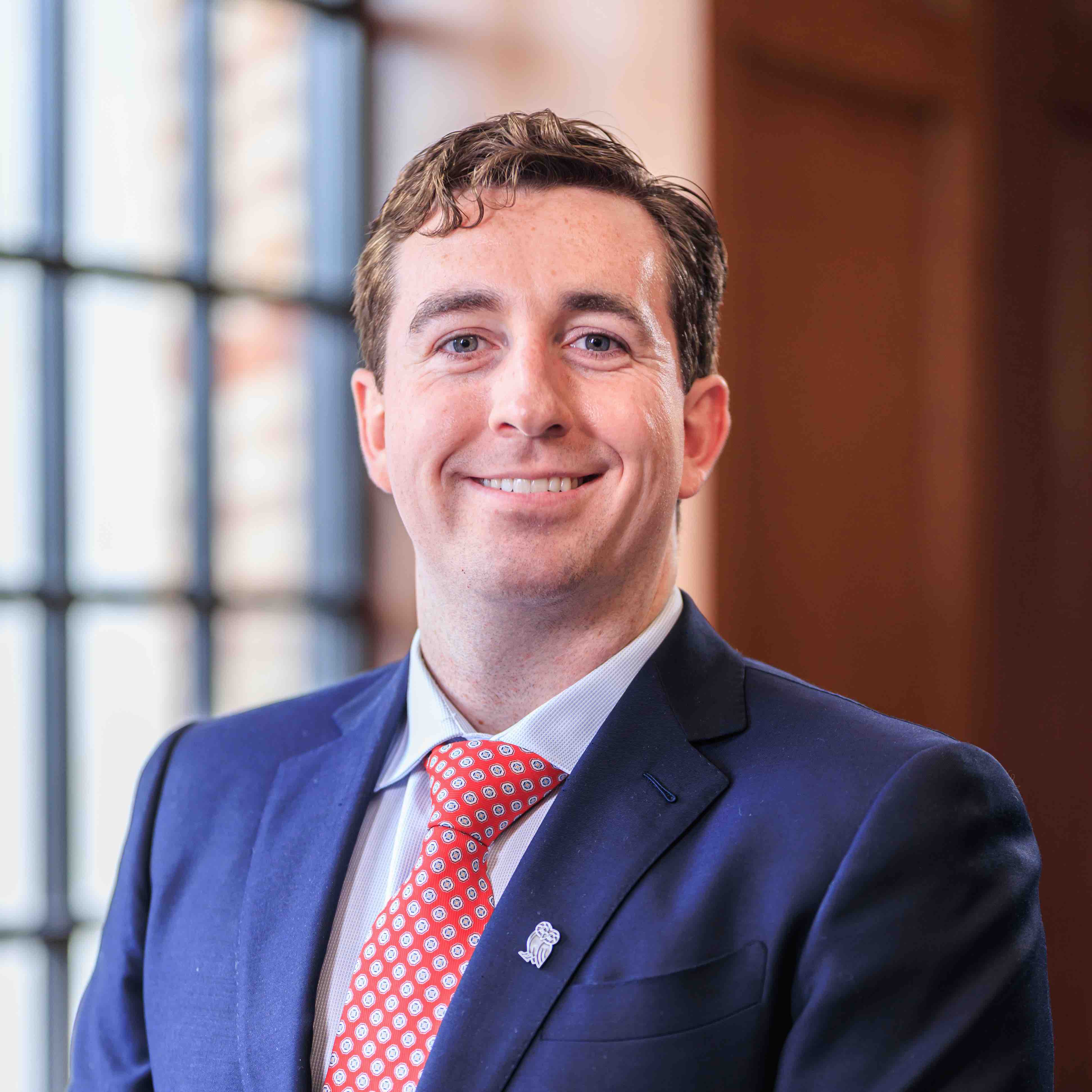
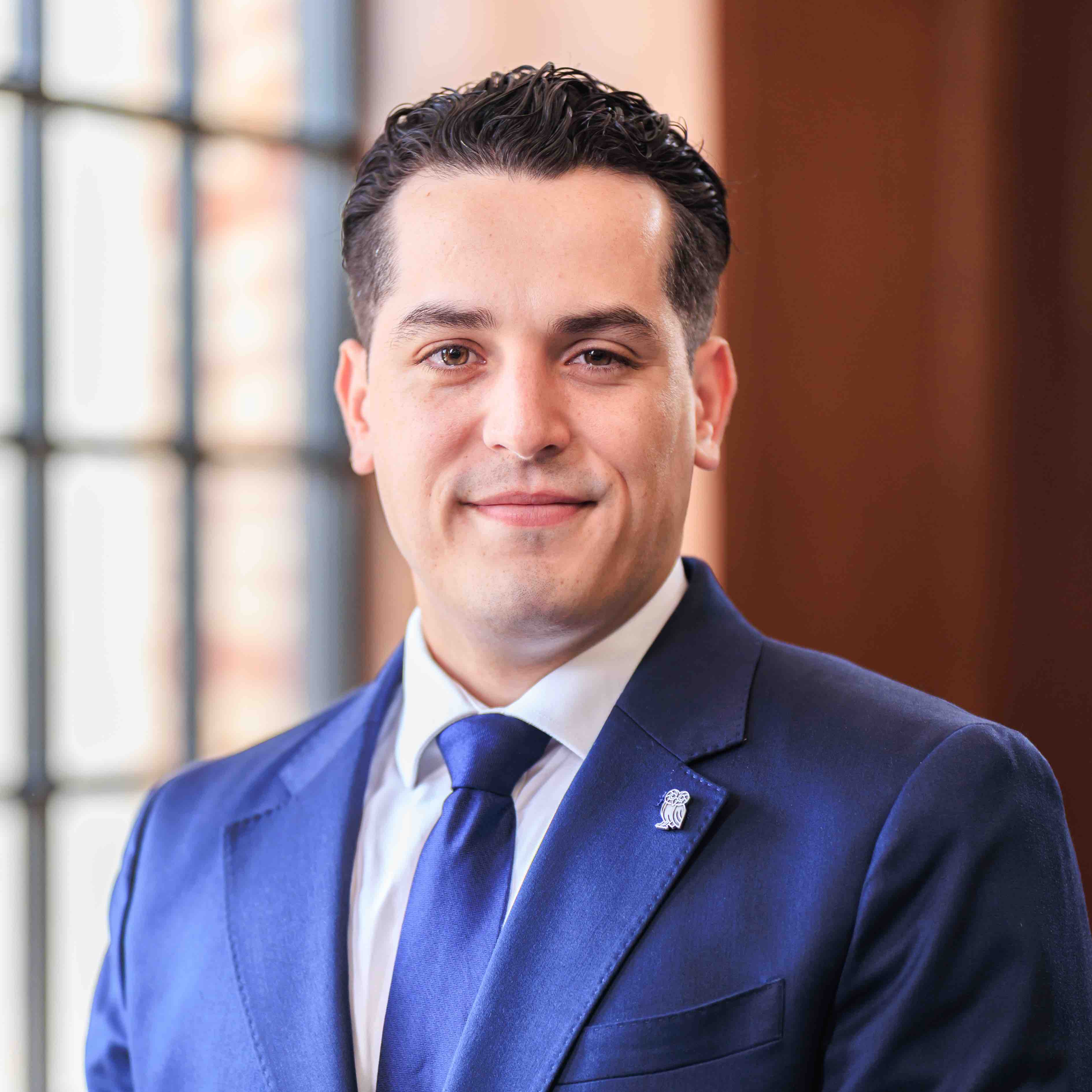
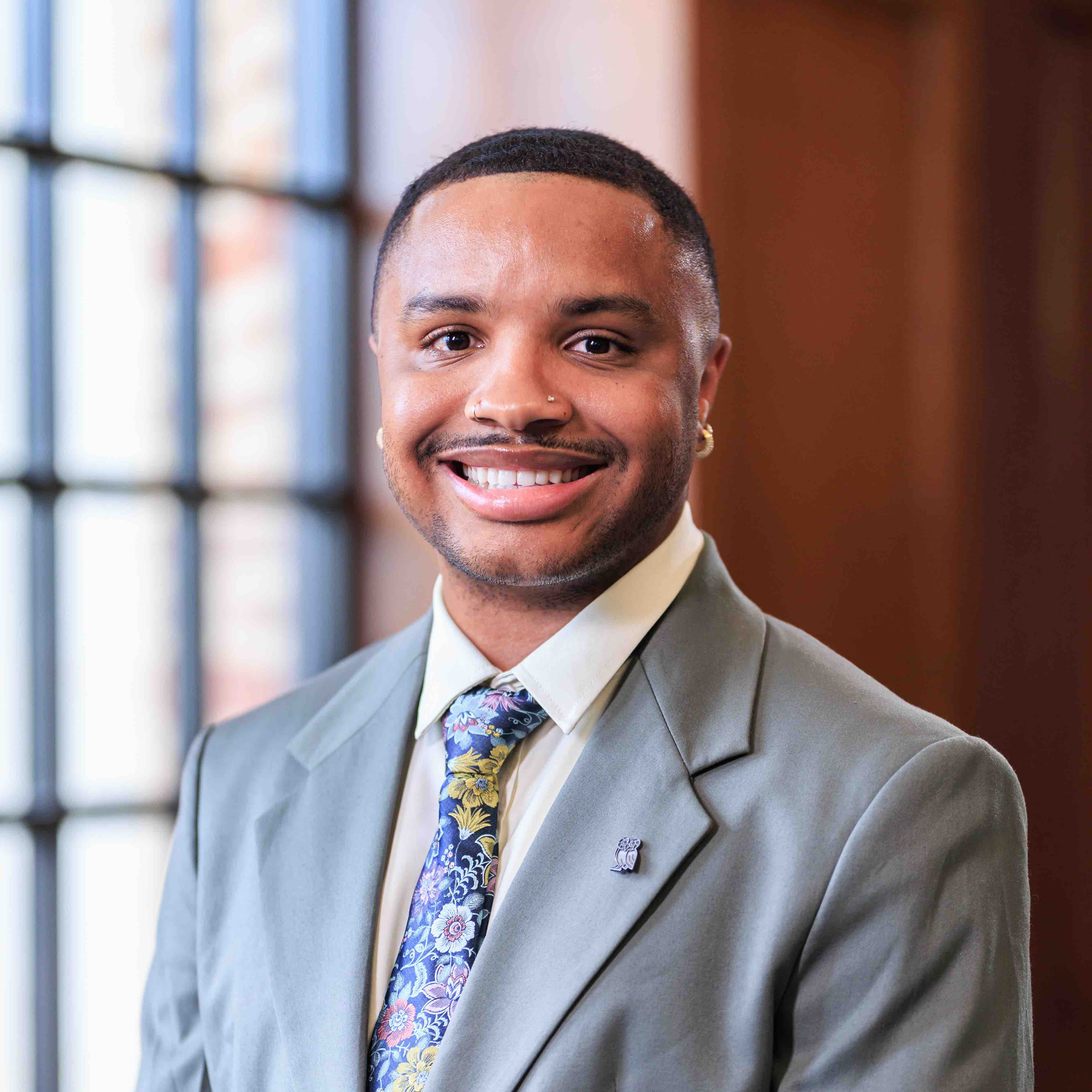
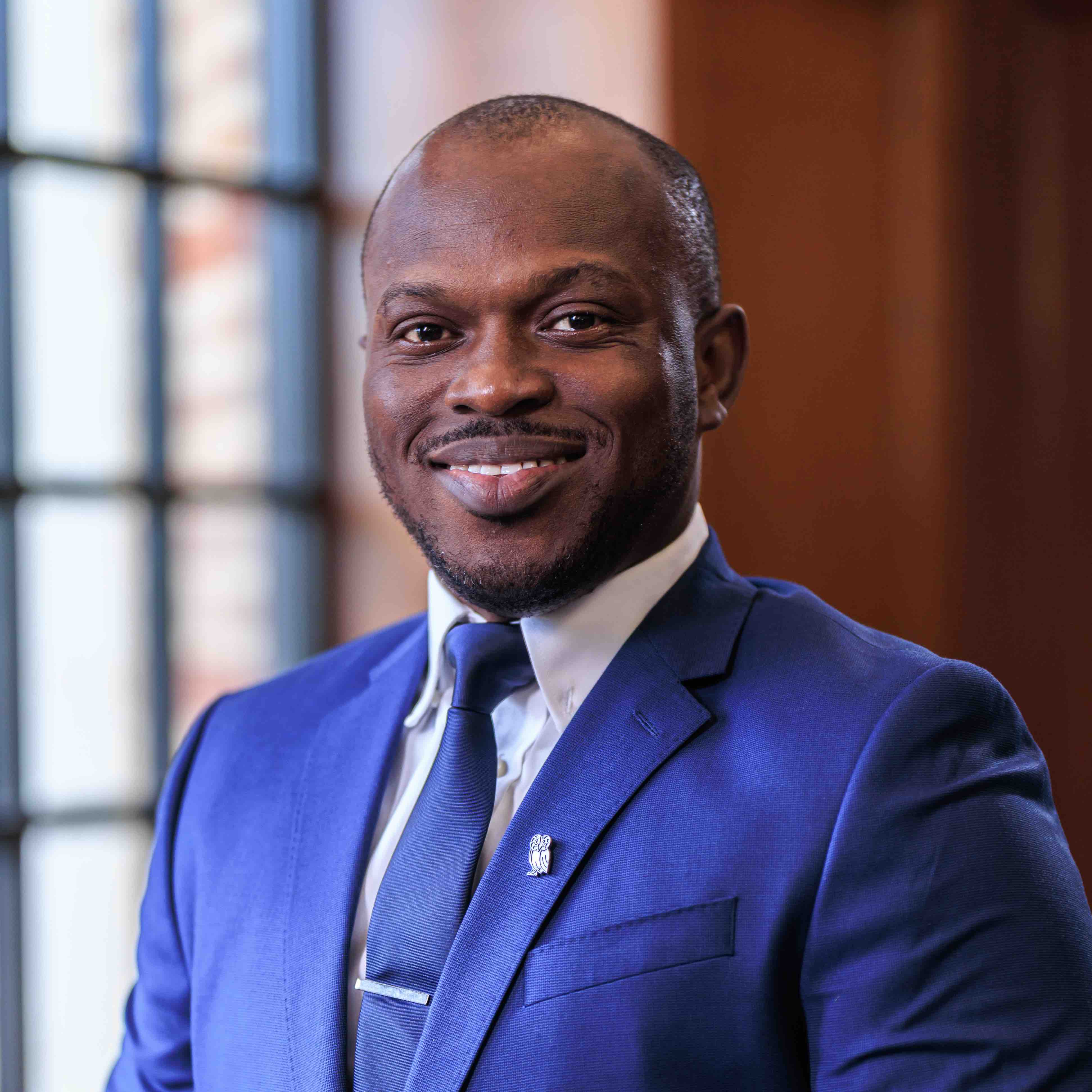
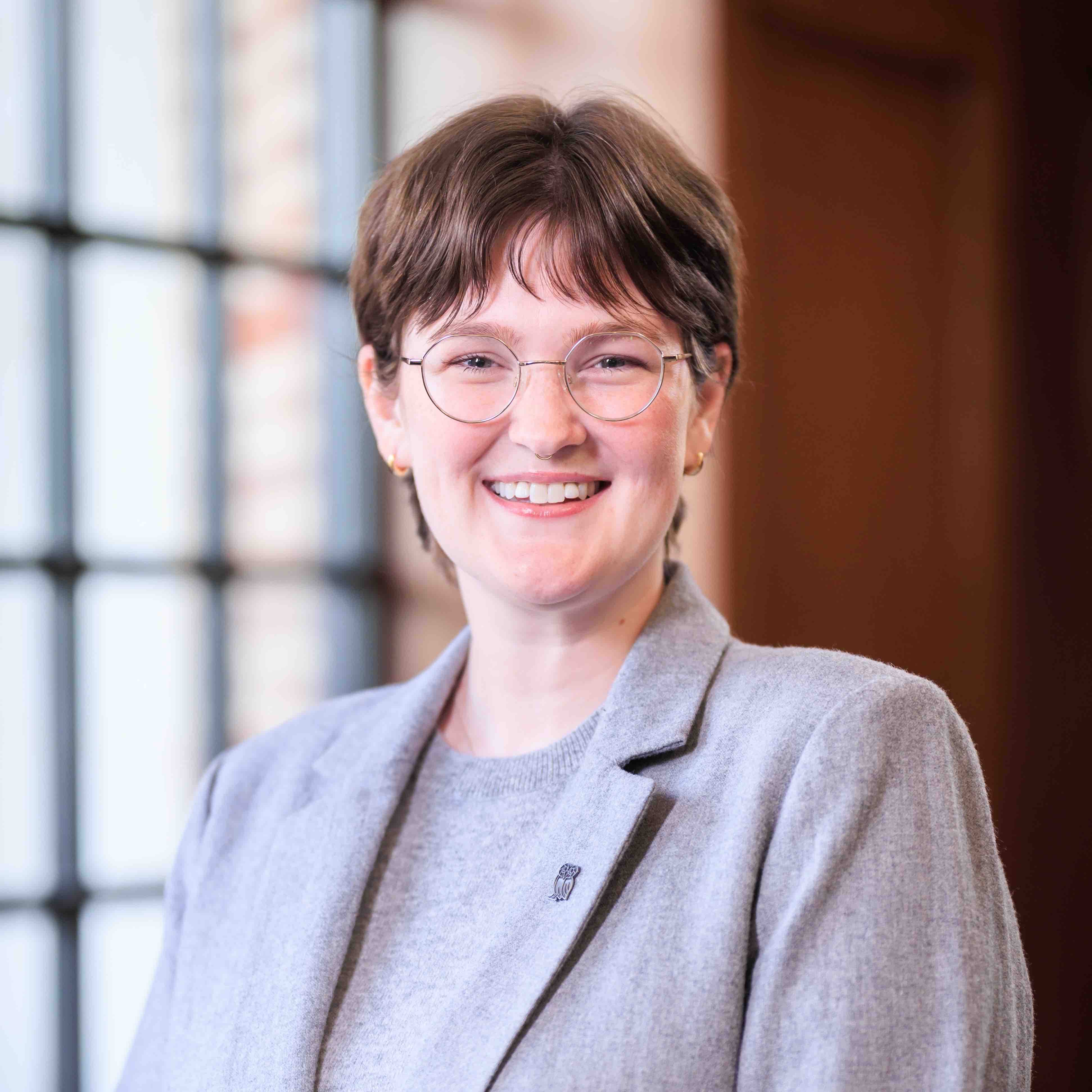
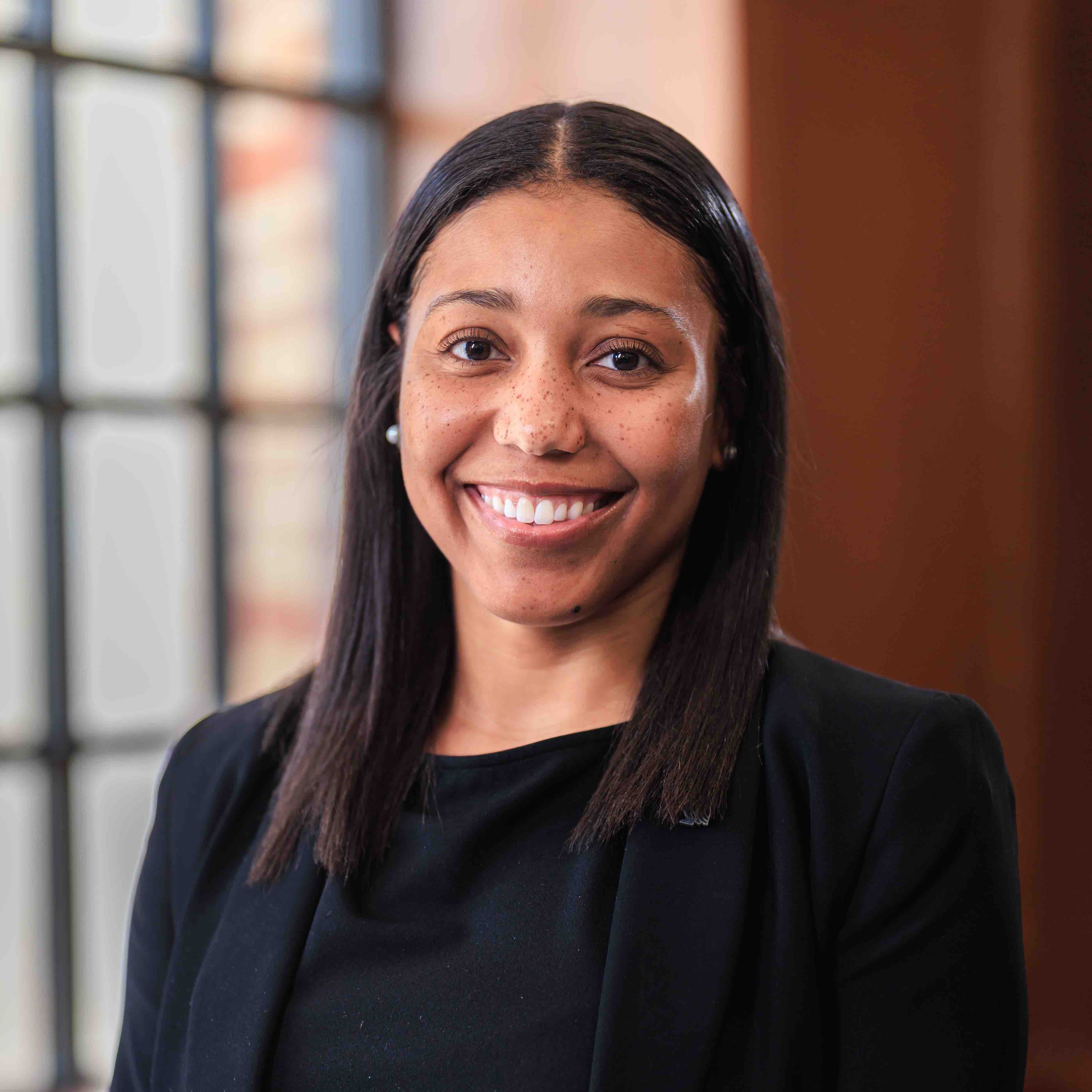
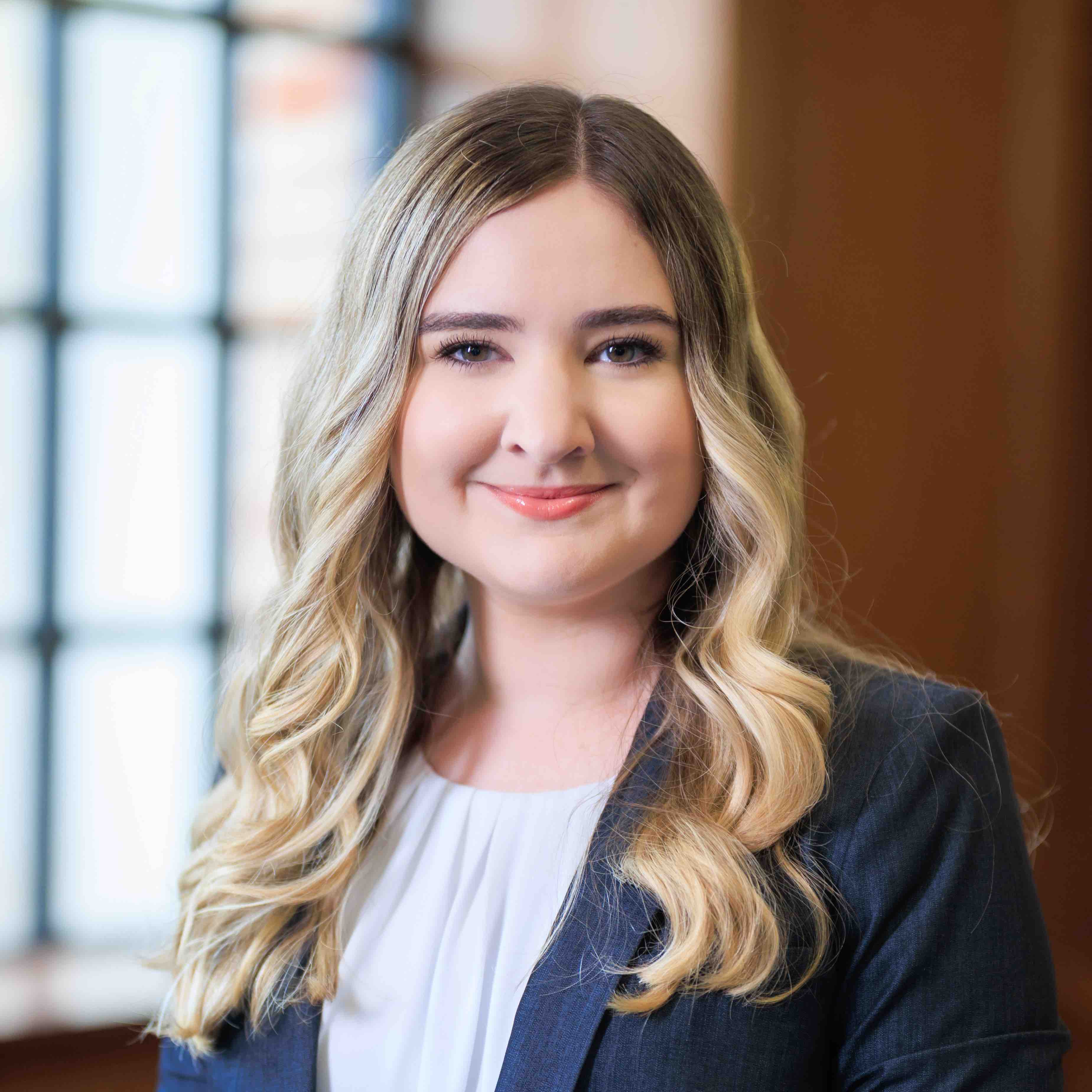

You May Also Like
Keep Exploring
Bringing Engineering Precision to the Boardroom: Meet George Peklaris
Meet George Peklaris '27, senior improvement engineer, entrepreneur and Professional MBA student at Rice Business.
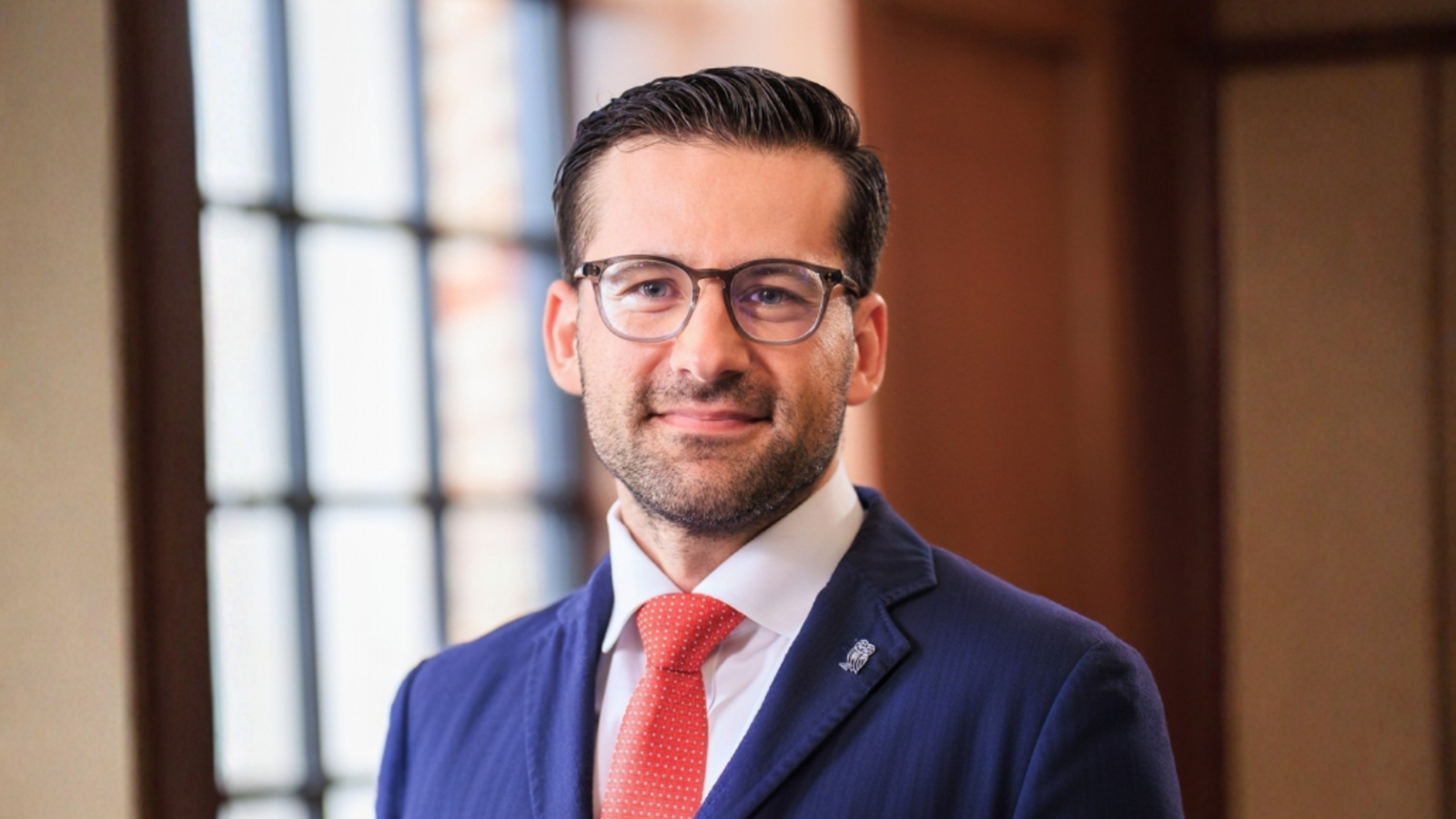
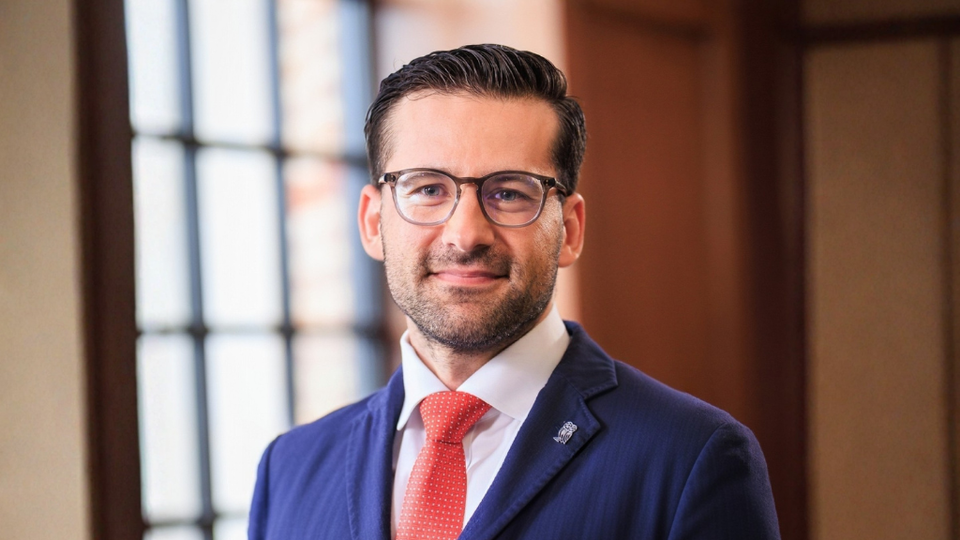
With a career spanning global chemical companies and entrepreneurial ventures, George Peklaris brings a unique dual perspective to Rice Business. Now in the Professional MBA class of 2027, he’s channeling his experience into a new path: management consulting. Continue reading George’s profile to learn more about his journey and his goals.
Tell us a little about your career and background.
I like to say my 11-year career has been shaped by a “dual lens.” By day, I was an operations leader at big companies like Dow, 3M and Estée Lauder, managing major projects and finding ways to save costs. But in my off-hours, I was building a 75-person sales team from scratch while living near NYC. Those two worlds weren’t separate at all — they fueled each other. The grit and communication skills I learned building a business were the same ones I used to get multi-million-dollar engineering projects approved. That background lets me connect what’s happening on the plant floor to the bottom line, and I chose the Rice MBA to sharpen that skill for a pivot into management consulting.
Education:
- Rice University, Professional MBA (2027)
- University of Massachusetts Amherst, B.S. in chemical engineering, minor in chemistry (2014)
Most Recent Employer and Job Title: Dow, senior improvement engineer
Relevant Career Highlights or Industry Experience:
- Turned a hazardous-waste cost center into a $545K annual value stream by finding a way to commercialize the materials for reuse.
- Led a $2M strategic upgrade that boosted a core asset’s yield by 7%.
- In-sourced a critical chemical, getting rid of supplier risk and projecting over $500K in savings.
- At Schwan’s, I led automation projects that saved $5M+ in annual labor costs and redesigned production lines to increase capacity by 50%.
- At 3M, I kicked off Six Sigma programs that boosted productivity by 13% and cut waste by $500K a year.
- Certifications: Project Management Professional (PMP) and ASQ Six Sigma Black Belt (CSSBB).
What is a fun fact about you?
I’ve solo-traveled to over 15 countries and love exploring the food scenes in places like Mexico City and Medellín. I’m also a huge believer in giving back — after playing soccer for 15 years and getting into cycling in college, I’ve used that passion to help raise over $50,000 for the National MS Society and Make-A-Wish, including doing several Bike MS 150-mile charity rides.
Why did you choose Rice Business?
As a chemical engineer from New Jersey, I moved to Texas in 2019 for my career and absolutely fell in love with the state — the opportunities, the diversity and the food are all incredible. For me, Houston is the center of the universe for the energy and chemical industries, which is right in my wheelhouse. Rice’s reputation as the top MBA program in Texas, with deep connections to those key industries, was a huge draw. But it was the small-class-size culture and the fact that Rice gives you direct access to on-campus recruiting that sealed the deal. It felt like the perfect place to make my career pivot.
Why did you choose our Professional MBA program?
At 33 and with over a decade of experience, the Professional MBA just made sense. My goal was to build on my career momentum, not hit the pause button for two years. The PMBA program lets me take what I learn in class on a Thursday and apply it at work on a Friday, which is a powerful way to learn. Honestly, the tipping point was that Rice gives its PMBA students the same access to on-campus recruiting as the full-time students — a rare find that opens up real opportunities to pivot into fields like consulting while still working.
How are you feeling about starting your MBA? What are you most looking forward to?
I’m energized and ready to dive in. I’m really looking forward to getting into the consulting toolkit — learning strategy, practicing case interviews and getting better at data-driven storytelling. I’m also excited to learn from my classmates and see problems from a totally different angle, not just an engineer’s perspective. The goal is to build that board-ready problem-solving muscle so I can help companies tackle their biggest challenges.
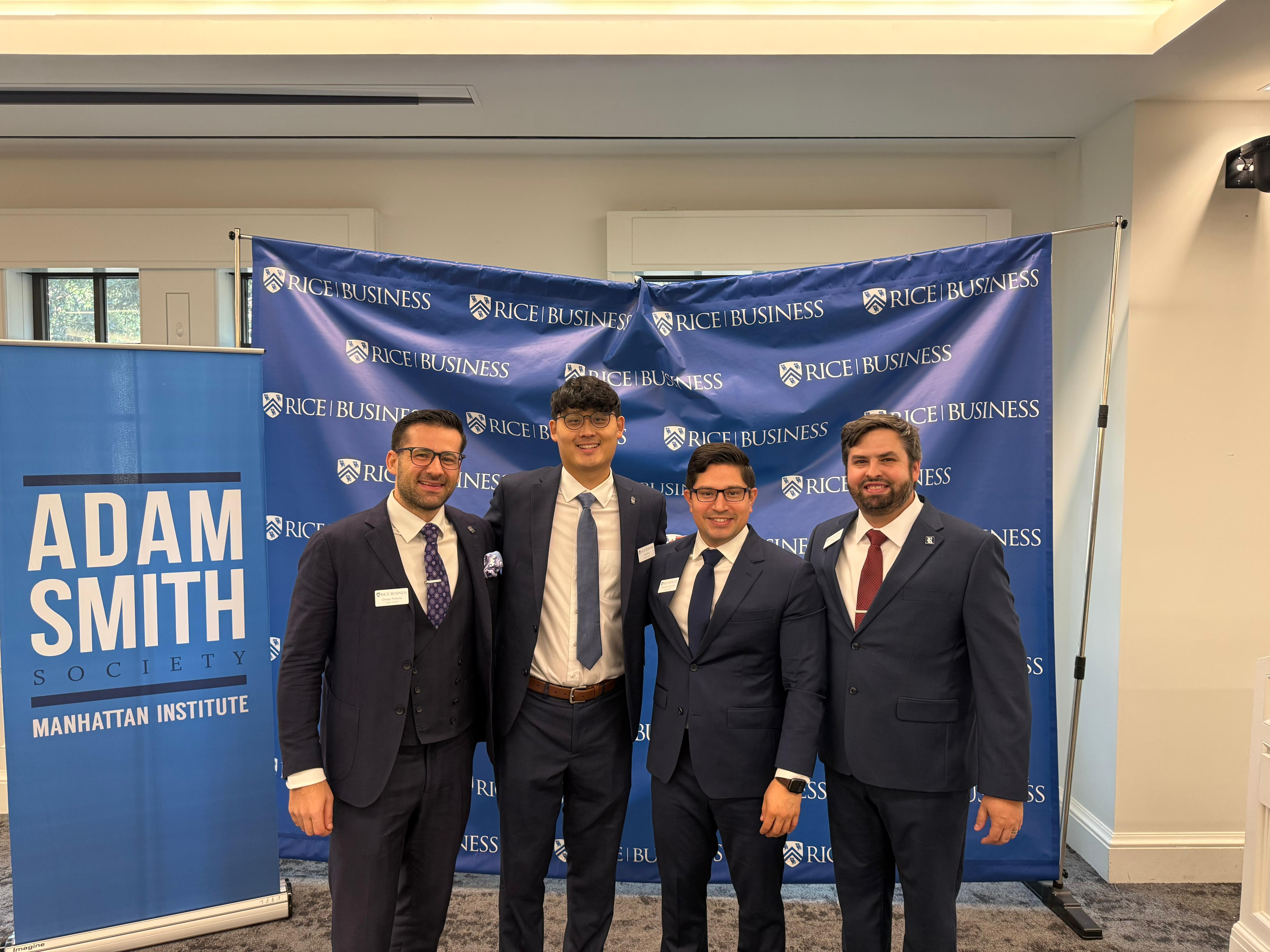
How was your experience during launch week? What were your first impressions of the program and your classmates?
Launch Week was an intense “0-to-60” start that really set the tone. It was a whirlwind of academic boot camps, career prep and getting to know our teams. My classmates are incredibly accomplished but also down-to-earth, and the variety of backgrounds makes every conversation interesting. My first impression was exactly what I’d hoped for: a tight-knit, high-performance community where everyone is ambitious but also has your back. It proved that Rice is a place that will push you, but you’ll have a strong network supporting you the whole way.
George Peklaris is a Professional MBA student in the Class of 2027.




